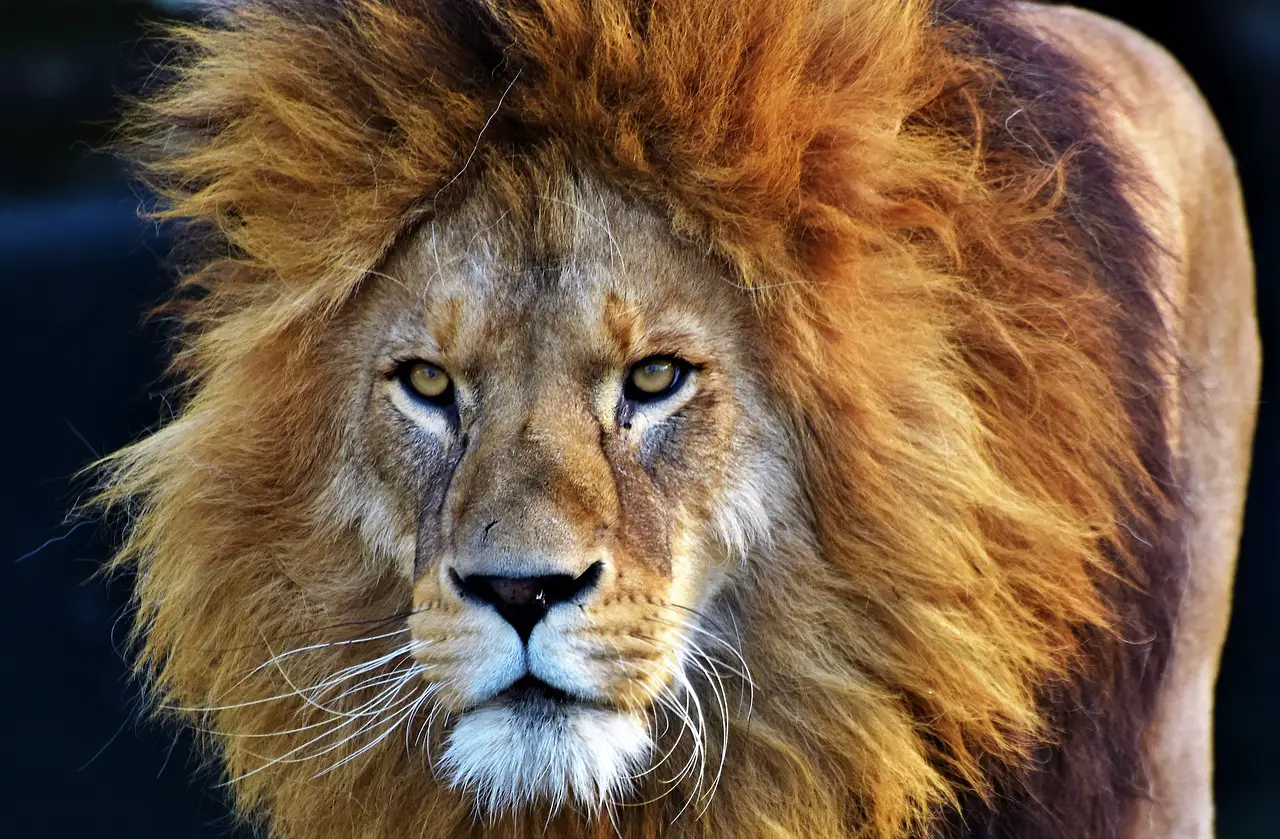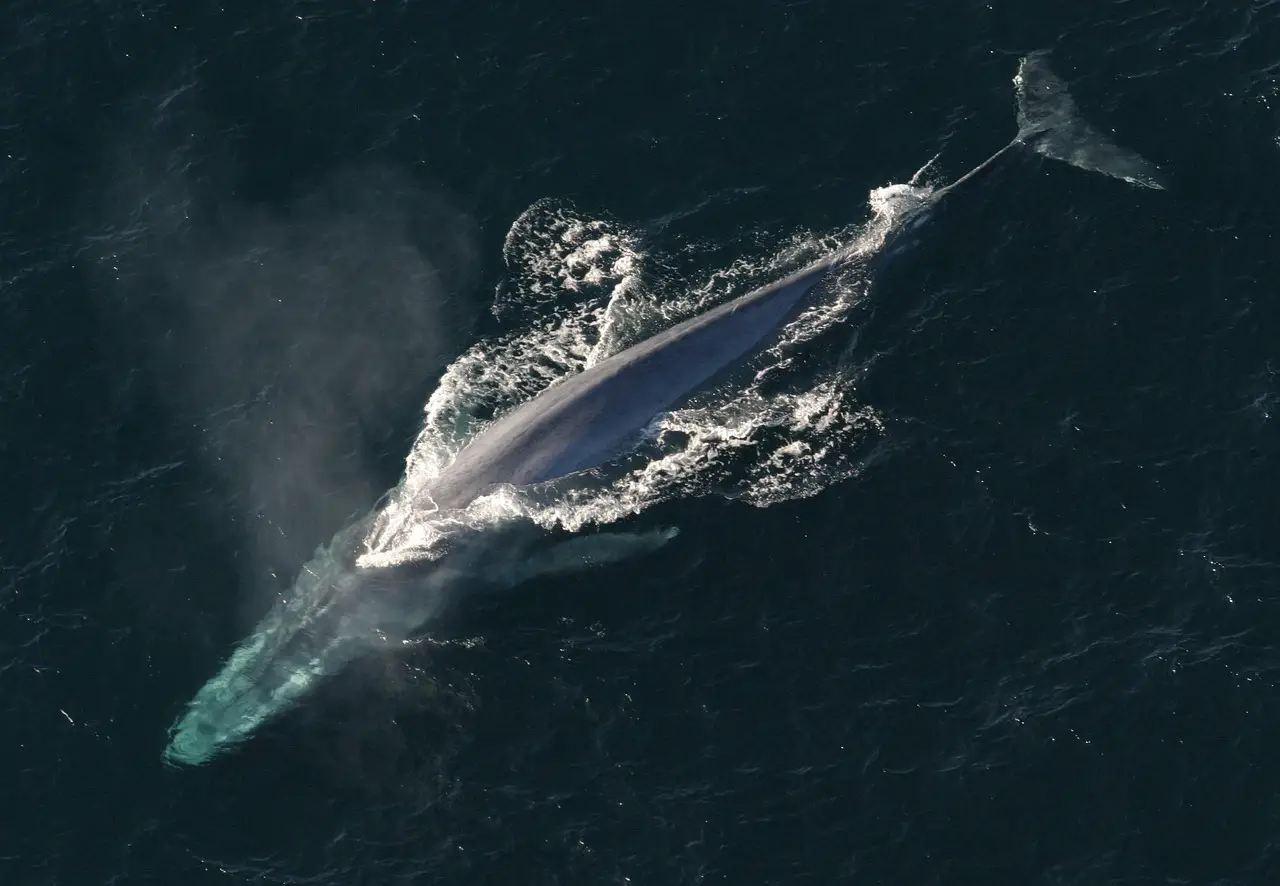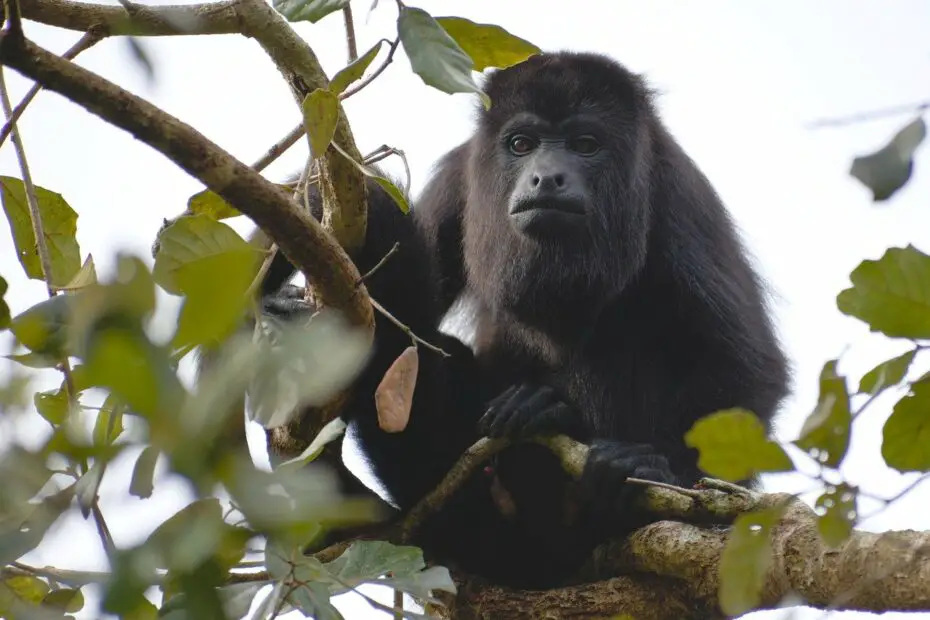When it comes to animal kingdom, not all creatures are silent. In fact, some of them possess the extraordinary ability to produce sounds that can shake the earth. In this article, we will embark on a captivating journey to discover the loudest animal on Earth.
From the deep roars of the lion to the booming snaps of the pistol shrimp, we will explore the fascinating world of animal sounds and uncover the incredible decibels produced by these vocal powerhouses.
You may also want to read about the most poisonous animals.
The Fascinating World of Animal Sounds
Before we dive into the specifics of the loudest animal, let’s take a moment to appreciate the diverse and intriguing range of sounds that animals produce. From melodic bird songs to the haunting howls of wolves, the animal kingdom is filled with an orchestra of sounds that serve various purposes, including communication, mating rituals, warning signals, and more. Join us as we explore the mesmerizing symphony of the natural world.
Exploring the Loudest Animal on Earth
Now, let’s turn our attention to the star of the show—the loudest animal on Earth. Prepare to be amazed as we reveal the contenders vying for this title and unveil their impressive vocal abilities. We will take a closer look at several animal species known for their exceptionally loud sounds and the unique ways they produce them.
The Roar of the Lion

In the savannas of Africa, a mighty predator reigns supreme—the lion. Known as the “King of the Jungle,” the lion possesses a roar that can send shivers down your spine. We will delve into the anatomy of the lion’s vocal cords and explore how it produces such a powerful and resonating sound. Brace yourself for the raw power of the lion’s roar.
The Sonic Boom of the Pistol Shrimp
From the land to the depths of the ocean, we encounter the pistol shrimp—a small creature with an extraordinary ability. Despite its tiny size, the pistol shrimp can produce a sound so loud that it creates a sonic boom underwater. We will unravel the secrets behind this remarkable phenomenon and uncover how the pistol shrimp generates its explosive sound.
The Echolocation Clicks of the Beluga Whale
In the vast oceans, the beluga whale showcases its remarkable vocal capabilities. These majestic creatures rely on echolocation clicks to navigate their surroundings and communicate with their pod. We will dive into the intricacies of beluga whale vocalizations and understand how their clicks reach impressive decibel levels.
The Powerful Calls of the Howler Monkey
Venturing into the rainforests of Central and South America, we encounter the howler monkey—a creature with a voice that resonates through the treetops. Their distinctive howls can carry for miles, serving as a territorial declaration and a form of communication among the troop. We will uncover the adaptations that allow the howler monkey to produce such powerful calls.
The Thunderous Vocalizations of the Blue Whale
The blue whale, the largest animal on Earth, also holds a record for its booming vocalizations. These gentle giants emit low-frequency calls that can travel vast distances across the ocean. We will explore the unique biology of the blue whale’s vocal apparatus and discover how it produces its awe-inspiring sounds.

Comparing Decibel Levels: Who Takes the Crown?
Now that we have explored the remarkable vocalizations of various animals, it’s time to compare their decibel levels. We will unveil the true champion—the loudest animal on Earth. Through scientific measurements and comparisons, we will determine which creature reigns supreme in terms of sheer acoustic power.
The Purpose of Loud Animal Sounds
Why do animals produce such loud sounds? In this section, we will delve into the reasons behind these vocal displays. From attracting mates to defending territory, loud animal sounds serve crucial purposes in the animal kingdom. We will unravel the evolutionary significance and ecological roles of these impressive vocalizations.
Adaptations for Communication and Survival
To produce such loud sounds, animals have evolved specialized adaptations. We will explore the anatomical features, such as enlarged vocal organs and unique muscle structures, that enable animals to create powerful sounds. By understanding these adaptations, we can appreciate the incredible diversity of nature’s acoustic capabilities.
Conclusion
In the animal kingdom, sound becomes a mesmerizing tool for communication, defense, and survival. From the roaring lion to the booming pistol shrimp, nature presents us with an orchestra of captivating sounds. By exploring the loudest animal on Earth and its contenders, we gain a deeper understanding of the astonishing vocal abilities found throughout the animal kingdom.
FAQs
- Which animal is known for having the loudest roar? The lion is renowned for its thunderous roar, which can be heard from several miles away. Its vocal prowess serves various purposes, including communication, territorial displays, and mating rituals.
- Why do beluga whales use echolocation clicks? Beluga whales use echolocation clicks to navigate their surroundings and locate prey. These clicks are emitted through their melon, a fatty structure on their forehead, and help them create a detailed sonic map of their environment.
- Can humans mimic the sounds of loud animals? While humans cannot replicate the exact sounds of loud animals, we can appreciate and admire their vocal abilities. Humans have developed technologies and instruments to measure and study animal sounds, enhancing our understanding of their unique vocalizations.
- How does the pistol shrimp create a sonic boom? The pistol shrimp uses its specialized claw to create a cavitation bubble. When the claw snaps shut, the collapsing bubble produces an incredibly loud sound and even generates a shockwave capable of stunning prey.
- Are loud animal sounds harmful to their hearing? Loud animal sounds are a natural part of their communication and survival mechanisms, and their hearing has evolved to withstand the intensity of their vocalizations. However, exposure to loud sounds in human-made environments can be harmful to animals, just as it is for humans.
